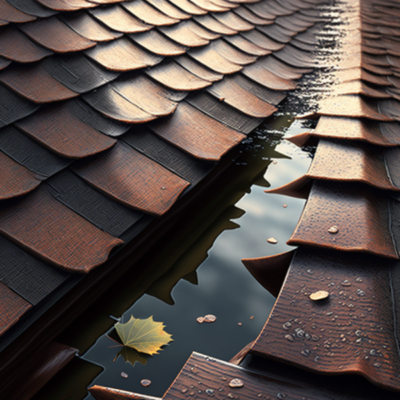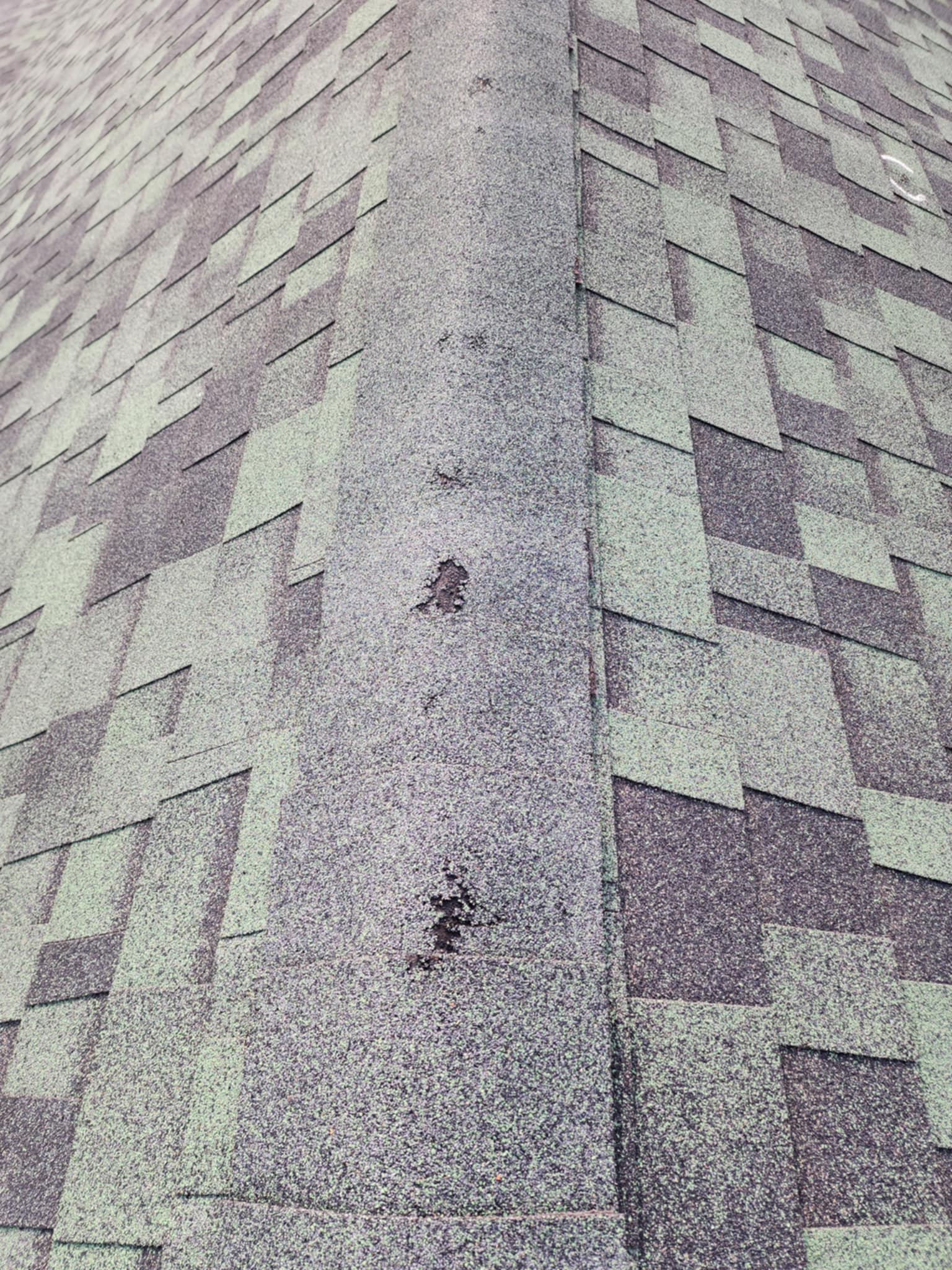Living in South Texas, you’re no stranger to severe weather, especially hailstorms. Hail can wreak havoc on your roof, and the damage isn’t always immediately visible. Identifying hail damage early is crucial to prevent more extensive issues down the line. In this blog post, we’ll guide you through the steps to identify hail damage on your roof and what actions you should take next.
Understanding Hail Damage
Hail damage occurs when hailstones strike the surface of your roof, causing bruises, dents, or even cracks in the roofing material. The severity of the damage depends on factors such as the size of the hailstones, the wind speed, and the type of roofing material you have.
While some damage may be cosmetic, hail can also compromise the integrity of your roof, leading to leaks, water damage, and a shortened lifespan for your roofing system. That’s why it’s essential to recognize the signs of hail damage and address them promptly.
Signs of Hail Damage on Your Roof
1. Visible Dents or Bruises on Shingles
One of the most common signs of hail damage is visible dents or bruises on asphalt shingles. These dents may not penetrate the shingle but can weaken it, making it more susceptible to future damage. To check for this, look at your roof from the ground or climb up with caution to inspect the shingles closely. If you notice any soft spots or indentations, it’s a sign that hail has impacted your roof.
2. Granule Loss
Asphalt shingles have a protective layer of granules that shield the underlying material from the sun’s UV rays and other elements. Hail can knock these granules loose, leading to bare spots on the shingles. You may notice an accumulation of granules in your gutters or downspouts, which is a clear indicator of hail damage.
3. Cracked or Split Shingles
In more severe cases, hailstones can cause shingles to crack or split. This type of damage is especially concerning because it can allow water to seep into your home, leading to leaks and water damage. If you observe any cracks or splits, it’s essential to address the issue immediately.
4. Damage to Metal Components
Hail doesn’t just affect shingles; it can also dent or damage metal components of your roof, such as flashing, vents, and gutters. Check these areas for any signs of impact. Dents in metal can lead to rust and deterioration over time, compromising the overall integrity of your roof.
5. Ceiling or Attic Leaks
If hail damage goes unnoticed, it can eventually lead to leaks in your ceiling or attic. Look for water stains, drips, or wet insulation in your attic after a hailstorm. These are signs that your roof’s protective barrier has been breached, allowing water to infiltrate your home.
6. Nearby Signs of Hail Damage
In addition to inspecting your roof, look around your property for other signs of hail damage. Damage to siding, windows, cars, and outdoor furniture can indicate that your roof may have also sustained damage.
What to Do If You Suspect Hail Damage
If you suspect that your roof has been damaged by hail, it’s crucial to take action quickly to prevent further issues. Here’s what you should do:
1. Document the Damage
Take detailed photos of the damage to your roof and any other areas affected by the hailstorm. This documentation will be helpful when filing an insurance claim.
2. Schedule a Professional Roof Inspection
Contact a reputable roofing contractor, like Texas Roofing and Home Improvements, to perform a thorough inspection of your roof. Our experienced team knows what to look for and can assess the extent of the damage, even if it’s not immediately visible.
3. File an Insurance Claim
If your roof has sustained significant damage, you may need to file an insurance claim to cover the cost of repairs or replacement. Provide your insurance company with the documentation you’ve gathered, including photos and the inspection report from your contractor.
4. Plan for Hail Damage Repair
Based on the inspection, your roofing contractor will recommend the best course of action, whether it’s repairing specific areas or replacing the entire roof. Prompt hail damage repair is essential to prevent leaks and further deterioration of your roof.
5. Consider Future Protection
After repairing your roof, consider upgrading to impact-resistant shingles or installing hail guards on vulnerable areas. These measures can help protect your roof from future hailstorms and reduce the likelihood of damage.
Why Choose Texas Roofing and Home Improvements for Hail Damage Repair?
At Texas Roofing and Home Improvements, we specialize in identifying and repairing hail damage. Our team of experts is trained to spot even the smallest signs of damage and provide comprehensive repair solutions to ensure your roof is restored to its full protective capacity.
Here’s why South Texas homeowners trust us for hail damage repair:
✅ Owens-Corning Platinum Preferred Contractors: We use only the best materials, backed by extended warranties.
✅ Third Generation Contractor: Decades of experience in the roofing industry, ensuring top-quality craftsmanship.
✅ Fully Licensed and Insured: Your home is in safe hands with our professional and reliable team.
✅ A+ Rating BBB: Our commitment to customer satisfaction has earned us top marks from the Better Business Bureau.
✅ Prompt and Professional Service: We understand the urgency of hail damage repair and work quickly to protect your home.
Don’t wait until it’s too late —protect your home from the effects of hail damage today. Contact Texas Roofing and Home Improvements at 210-379-1307 or click here to contact us to schedule your roof inspection and get started on the road to repair.



